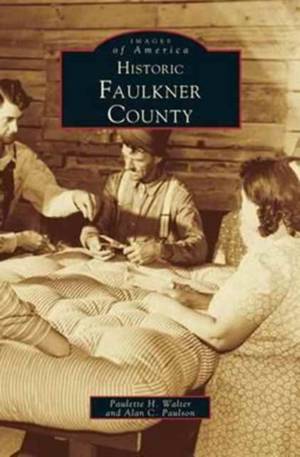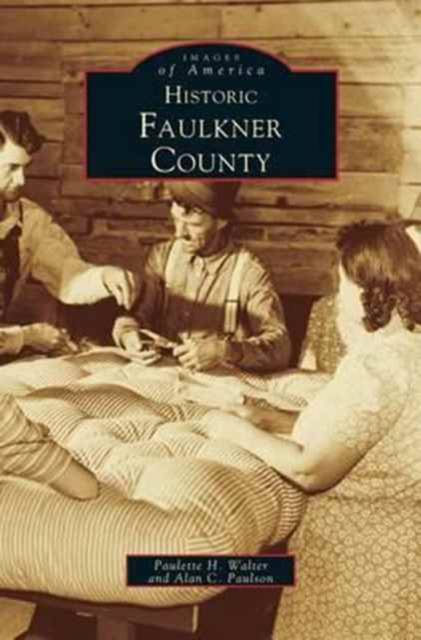
Je cadeautjes zeker op tijd in huis hebben voor de feestdagen? Kom langs in onze winkels en vind het perfecte geschenk!
- Afhalen na 1 uur in een winkel met voorraad
- Gratis thuislevering in België vanaf € 30
- Ruim aanbod met 7 miljoen producten
Je cadeautjes zeker op tijd in huis hebben voor de feestdagen? Kom langs in onze winkels en vind het perfecte geschenk!
- Afhalen na 1 uur in een winkel met voorraad
- Gratis thuislevering in België vanaf € 30
- Ruim aanbod met 7 miljoen producten
Zoeken
€ 55,45
+ 110 punten
Omschrijving
The Arkansas River, which runs along the western edge of Faulkner County, has remained a primary thoroughfare since before the time when settlers followed the first European explorers into the heart of Arkansas and points west. The county was located near the horseshoe-shaped bend in the Arkansas River, which provided an ideal location for these settlers' cattle raising and crop production. The railroad's Conway Station soon became the county seat of the newly established Faulkner County. From Faulkner County's emergence as a farming and railroad community to the development of manufacturing and military training facilities, this engaging photographic history mingles fact with rich storytelling. Within these pages, discover rare photographs that illustrate a variety of the area's historic claims to fame, including the establishment of the University of Central Arkansas, the Ward Bus Company, the WAAC training camp, and Faulkner County's fiddle-playing namesake.
Specificaties
Betrokkenen
- Auteur(s):
- Uitgeverij:
Inhoud
- Aantal bladzijden:
- 130
- Taal:
- Engels
Eigenschappen
- Productcode (EAN):
- 9781531600051
- Verschijningsdatum:
- 12/07/1999
- Uitvoering:
- Hardcover
- Formaat:
- Genaaid
- Afmetingen:
- 170 mm x 244 mm
- Gewicht:
- 412 g

Alleen bij Standaard Boekhandel
+ 110 punten op je klantenkaart van Standaard Boekhandel
Beoordelingen
We publiceren alleen reviews die voldoen aan de voorwaarden voor reviews. Bekijk onze voorwaarden voor reviews.









